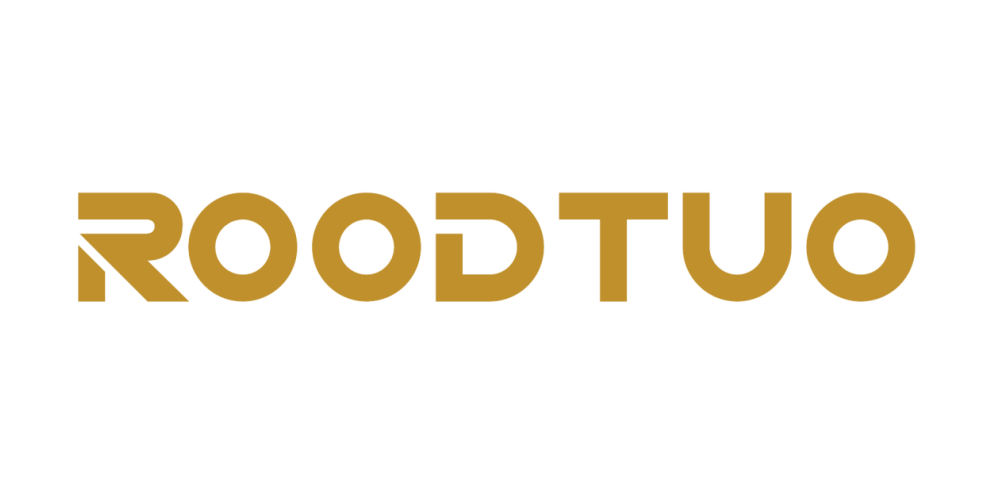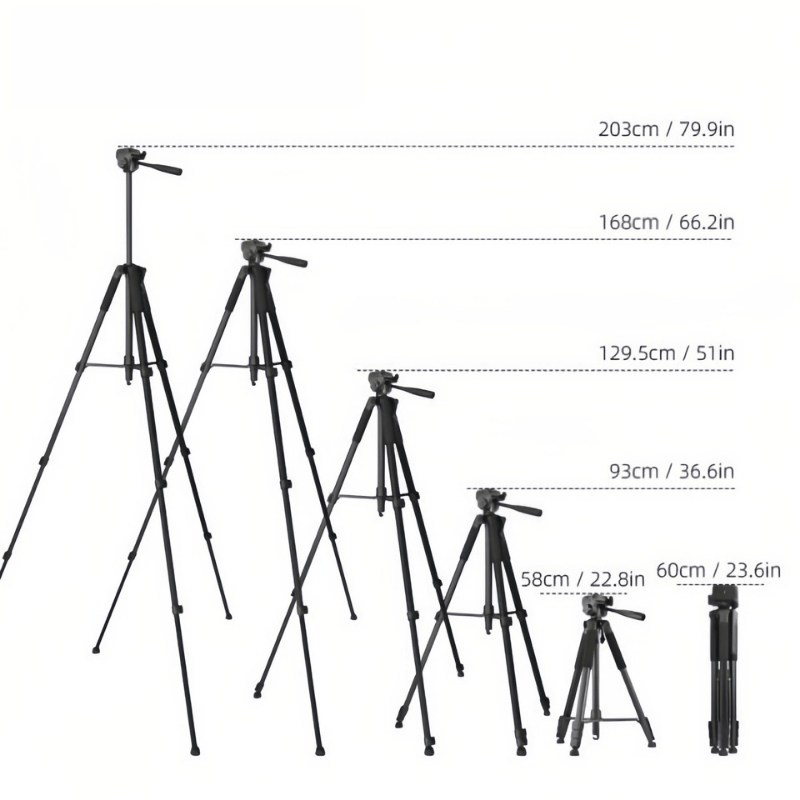When we talk about improving video quality, most creators immediately think of resolution, lighting, or camera stabilization. But one of the most overlooked—and most powerful—tools in visual storytelling is camera height.
Whether you're filming with a smartphone or a mirrorless camera, the tripod or mounting height you choose will directly influence how your audience perceives the subject, the mood of the scene, and even the story you're trying to tell.

1. Eye-Level Isn’t Always the Best Level
Many beginner creators default to shooting at eye level. It feels natural—and often, it works. But eye level is just one of many creative choices. Choosing a higher or lower angle can instantly shift the emotional tone of your shot.
-
A slightly high angle can make the subject seem smaller or more vulnerable
-
A low angle adds power, dominance, or mystery
-
A top-down (overhead) view conveys objectivity or surveillance
-
A ground-up shot adds drama, scale, or cinematic tension
In each case, height isn’t just technical—it’s emotional.
2. The Relationship Between Height and Framing
Tripod height doesn’t just affect the subject—it affects everything in your frame. Raising or lowering the camera changes:
-
The background your audience sees
-
The depth of field and foreground-background relationship
-
The headroom and negative space within the composition
For example, a creator filming a seated product review might notice that too-high a tripod height cuts off key background elements or exaggerates forehead space. Lowering the height just 10–15 cm can dramatically improve framing and focus attention where it matters.
3. Movement Starts With Placement
Even if you’re using a gimbal or fluid head for motion, your initial camera height will set the tone for the entire shot. A cinematic pan that starts from waist height feels very different from one that begins at shoulder level.
That’s why understanding tripod height as a starting position—not just a fixed support—is crucial to motion storytelling. Planning your composition begins before you hit record, and height should be part of that plan.
4. Height and Human Perspective
One reason tripod height is so powerful is that it manipulates the viewer's sense of being present in the scene. Shooting from a child’s eye level makes the viewer feel like they are seeing the world through that child. Filming a street from a lower vantage point makes the scene feel larger and more immersive.
By simply adjusting height, you change how the viewer feels in relation to the subject.
5. Practical Considerations in Choosing the Right Height
Every scene is different. Here are some real-world examples of how tripod height comes into play:
-
Interview Setup: Tripod should match the subject’s seated eye level to maintain a neutral, engaging perspective.
-
Food Content or Craft Videos: Requires overhead shooting at higher tripod elevations to capture workspace clearly.
-
Outdoor Travel Scenes: Lower angles can exaggerate foreground movement or bring texture to landscapes.
-
Product Demos: Mid-height is often ideal for focusing on hand-level interaction without distortion.
Choosing a tripod with adjustable height and stable locking ensures you're not limited by your gear when creative instincts take over.
Conclusion: Elevate Your Composition by Thinking Vertically
In mobile video creation, small choices make big differences. Camera height is one of those subtle yet impactful factors that separates flat, generic content from intentional, story-driven visuals. The next time you frame a shot, pause and ask yourself—not just what to shoot, but from what height.
Whether you're using a compact tripod or a tall stabilizing rig, understanding the emotional and visual effect of height will help you tell better stories with every frame.
ROODTUO I START YOUR MOIBLE PHOTOGRAPHY JOURNEY
T10F - 10cm Height Table Top Tripod
T60 - 60cm Height Compact Tripod
T125 - 125cm Height Compact Tripod


Share:
Why a Detachable Tripod Head Might Be the Most Underrated Tool in Your Camera Bag
Vertical vs. Horizontal Video: What Really Matters in 2025